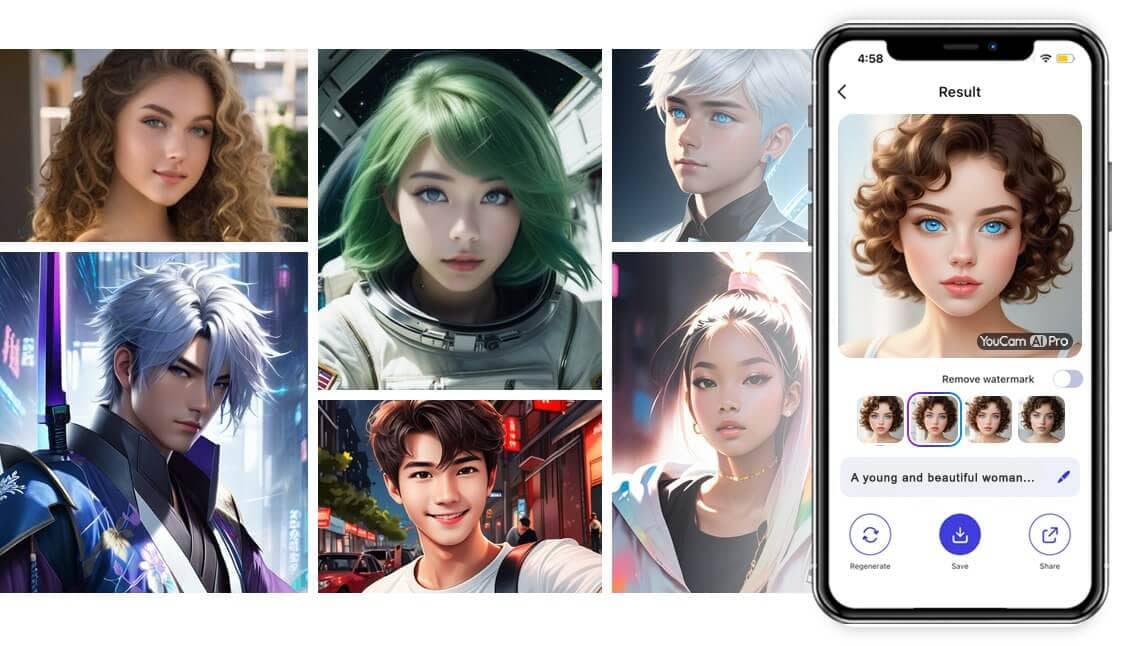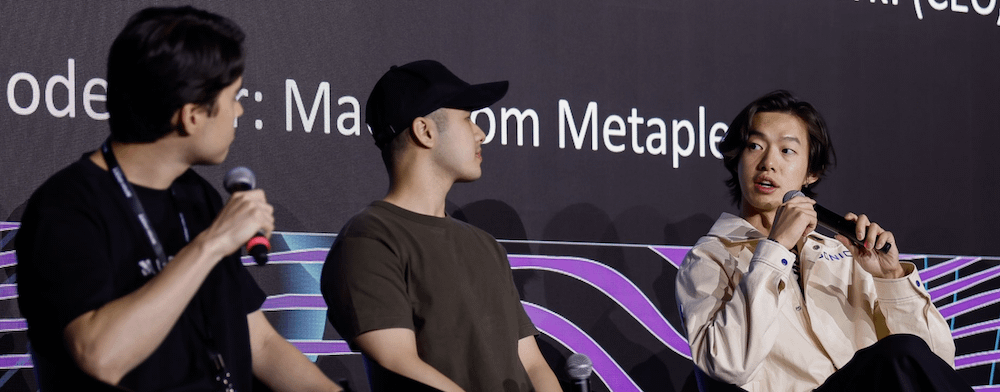No products in the cart.

Practically from the moment AI-powered image generators like DALL-E and Midjourney blew up, their potential for fashion was clear: They could allow designers to produce photorealistic renderings of their ideas in moments with only a text prompt.
But powerful as they were, they were general-purpose tools for conjuring full scenes, not individual garments, which left them with shortcomings as design programmes. You couldn’t simply edit colours or details without regenerating an entire new image, and they weren’t set up for designers to easily infuse their stylistic DNA into the output.
A new wave of start-ups is building generative-AI tools tailored to fashion’s specific needs, hoping to make their software part of the way designers work. Among them is Raspberry, which just raised $4.5 million in a funding round led by big-name backers Khosla Ventures — the first outside investor in OpenAI, creator of ChatGPT — and Greycroft Partners, which has backed companies such as Goop and The RealReal.
Other investors that participated included Michael Mente, co-founder and co-chief executive of Revolve; Yael Aflalo, founder of Reformation and now principal at Daughters Capital; the family office of the Fisher family that founded Gap Inc.; Fernbrook Capital; Correlation Ventures; and MVP Ventures.
Investment in generative AI surged in 2023, and while most of it went from tech giants to a handful of major AI players, smaller companies building enterprise applications have also attracted funds. Dana Settle, co-founder of Greycroft, said the firm sees an opportunity in companies that improve the production process for all sorts of consumer products.
“We’re really differentiated versus Midjourney, Stable Diffusion and DALL-E,” said Cheryl Liu, Raspberry’s founder and CEO. “The outputs are much more readily manufacturable, appealing and just things that you could start selling right away.”
Raspberry already has several brand customers, according to Liu, including H&M Group and Coppel Group, the Mexican department-store giant, though she said she couldn’t publicly disclose which other brands were using the software. She did say they range from luxury sellers and small made-to-order labels to large mass-market businesses, with varying use cases depending on the segment. Luxury players tend to be more concerned with having their brand heritage come through in the output. Brands with the budget can even have Raspberry custom train AI models for them.
“Typically they ask us to train on their most recent collections, which we can find online. They don’t have to do any work,” Liu said. “Sometimes they have brands that they’re really inspired by as well, so we’ll take the public images that are available and kind of mash them all together.”
Liu later clarified that Raspberry does not scrape the sites of brands or retailers for imagery to train models for other companies. Rather, it uses third-party data providers and public fashion datasets specifically made for machine-learning training, and it processes imagery using a technique to minimise copyright issues.
That use of AI is likely to rankle some. Of course, fashion businesses have long copied each other without technology, too.
The companies building AI-powered fashion tools — whose ranks also include CALA, Refabric, Imki, Fashable and Six Atomic — typically use open-source AI models as their foundation but may do additional training of the AI themselves. Raspberry trained its AI on hundreds of thousands of fashion images, captioned with more than 300 fashion-specific keywords, Liu said, so it knows the difference between an O-ring and D-ring or a chambray and jacquard — and can generate images of each accordingly.
It’s part of the work required to make sure the programme can understand what the user wants. The language used on an e-commerce site to describe a product might not be the same language a designer would use. When the AI-focused agency Maison Meta recently built a custom AI tool for designer Norma Kamali, it worked closely with her to understand how she wanted to communicate with the machine.
“We had fashion designers look at every single caption and image combination that we have,” Liu said. They did a great deal of “prompt engineering under the hood,” she added, so a user need only describe the garment to create and not worry about specifying that the output should be, for example, a photorealistic image with volumetric lighting and shadows.
One way Raspberry and others are vying to differentiate themselves is through their features. Raspberry offers AI editing so a user can quickly change details on a garment like sleeve length, can turn 2D flat sketches into photorealistic renderings and vice versa and is able to blend images together while holding the silhouette of a garment stable, allowing the user to visualise it in different patterns or fabrics. It has also introduced an AI-driven trend analysis platform using real-time data from TikTok and Google search so brands know what’s popular in the marketplace.

There are others the company is working on as well. It’s a competitive area. Refabric has a print generator and a module to let brands easily train their own models. Six Atomic boasts it can automatically make production-ready patterns from a designer’s AI-generated imagery. (Researchers have found it’s possible to create sewing patterns from a single image of a garment.)
Liu imagines other possibilities as well, like VIP clients being able to co-create made-to-order products without needing to know any specialised software. Her hope is that Raspberry will help design teams work faster and eliminate rote work so they can spend more time actually being creative.
It’s a vision she shares with Settle of Greycroft.
“You can, on the one hand, say AI is scary. It’s going to replace something,” Settle said. “But if you instead flip it around, it actually can take the human creative process to the next level.”
Editor’s Note: This story was amended on Feb. 29, 2024, with additional comment from Liu and to clarify a quote.





![14 Best Free AI Picture Generator of 2024 [Tested with Sample Images]](https://mlso5yzhfdmc.i.optimole.com/w:auto/h:auto/q:mauto/https://nuillum.xyz/wp-content/uploads/2024/11/ad8cfa44-242d-4481-a39c-e46242cdde3f.jpg)